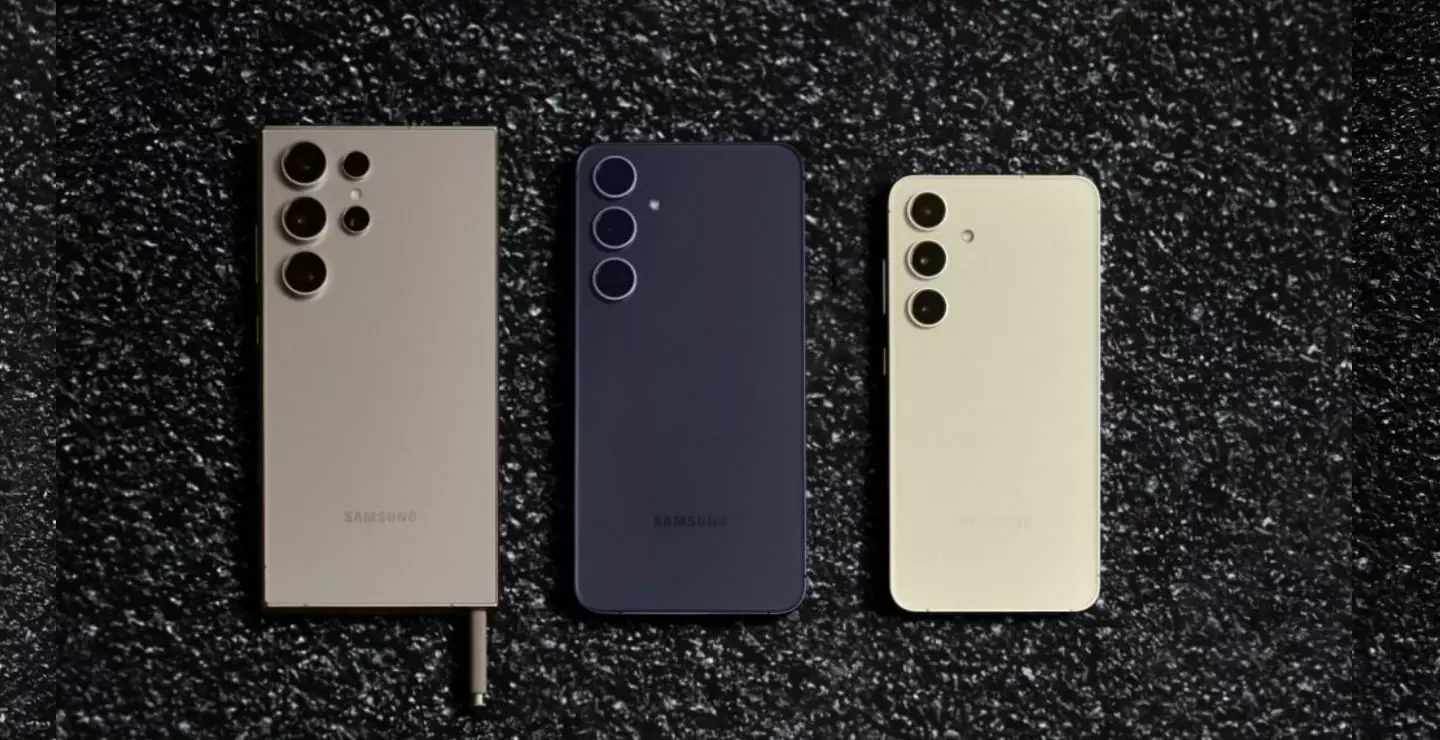The global smartphone market has finally glimpsed the light of recovery after enduring two years of decline, as evidenced by a recent report revealing a 4% increase in shipments on a year-over-year basis in 2024. This uptick is particularly significant; it not only marks a return to growth but also indicates considerable shifts in consumer sentiment, fueled by improvements in macroeconomic conditions.
This growth paves the way for a new chapter in the industry, transitioning from a phase marked by stagnation to one characterized by revitalization. Notably, 2023 reported the lowest sales figures in a decade, so the resurgence signifies an important rebound. According to Tarun Pathak, Research Director at Counterpoint Research, the recovery in the smartphone markets during 2024 is intertwined with a broader normalization of economic pressures that had hampered consumer spending.
Samsung has emerged as a frontrunner in this renewed landscape, capturing a substantial 19% market share, bolstered primarily by the strong performance of its Galaxy S24 and A-series smartphones. Positioned as the first AI-driven smartphones from Samsung, these models resonated particularly well with consumers in Western Europe and the United States, indicating an appetite for innovation and enhanced functionality in devices.
Following closely is Apple, which holds an 18% market share. The reception of its flagship iPhone 16 series has been mixed, primarily influenced by supply chain issues that affected the availability of certain models at launch. Despite these hurdles, Apple’s growth in “non-core markets” such as Latin America and Asia-Pacific underscores its ability to tap into diverse consumer bases.
Xiaomi rounds out the top three with a 14% share but stands out as the fastest growing among the leading brands. This indicates a notable shift in consumer preferences and market dynamics. The landscape of competitors hasn’t shifted much; however, aggressive marketing strategies by brands like Huawei and Honor pose increasing competition for the established players.
What is particularly interesting is how the broader market trends reflect consumer behavior. The signs of life in the smartphone sector can be attributed to a general sense of optimism among consumers, stemming from macroeconomic factors that have started to improve. As consumers regain confidence, their willingness to invest in new technology has increased, thereby facilitating stronger sales for many OEMs.
Yet, while the top five brands may have retained their dominance, the competitive landscape is evolving. The introduction of aggressive marketing campaigns by brands not traditionally seen as market leaders is reshaping the race for consumer attention. Moreover, Counterpoint’s report suggests a trend towards premium devices, especially as artificial intelligence capabilities become increasingly standard in high-end smartphones. By 2028, projections indicate that 90% of smartphones priced above $250 will feature GenAI technologies, further driving the innovation narrative.
Looking ahead, while the market may not return to its pre-pandemic volume peaks, revenue trajectories suggest a positive outlook. The projections for 2025 indicate an anticipated revenue growth of 8% year-over-year, surpassing the expected volume growth of 4%. This divergence highlights a market increasingly defined by premium offerings rather than sheer volume, suggesting that consumers are willing to invest more in quality and functionality.
2024 appears to be a pivotal year for the smartphone industry, marking a departure from two years of declining sales to a period of cautious optimism. The interplay between major brands demonstrates not only resilience but also a shifting consumer landscape that values innovation and advanced technology. The continuing evolution of market dynamics will surely lead to heightened competition, ultimately benefiting consumers through enhanced product offerings. As the industry adapts to these changes, it remains to be seen how companies will leverage emerging technologies and consumer preferences in a rapidly evolving market.


Leave a Reply